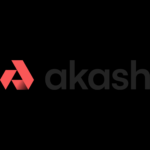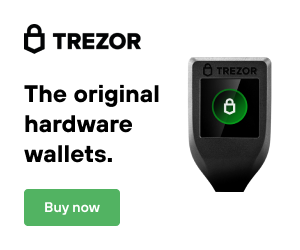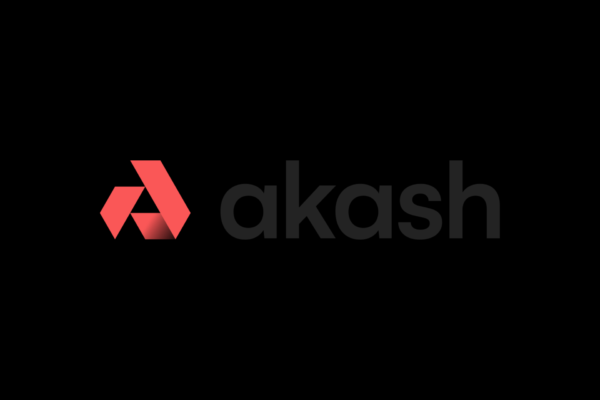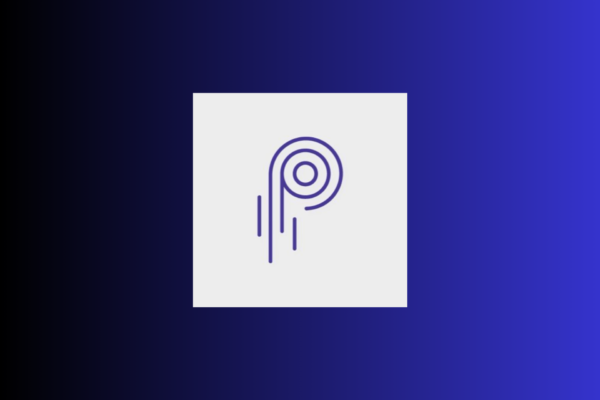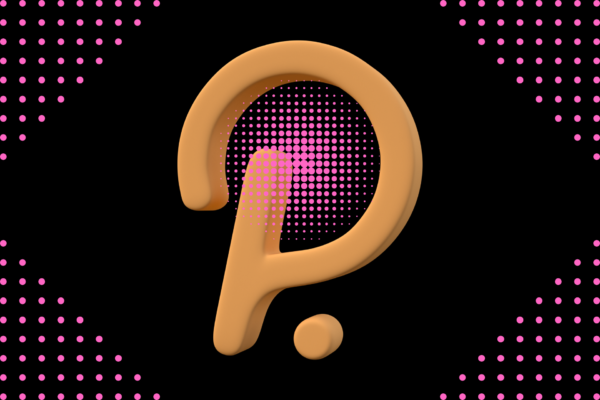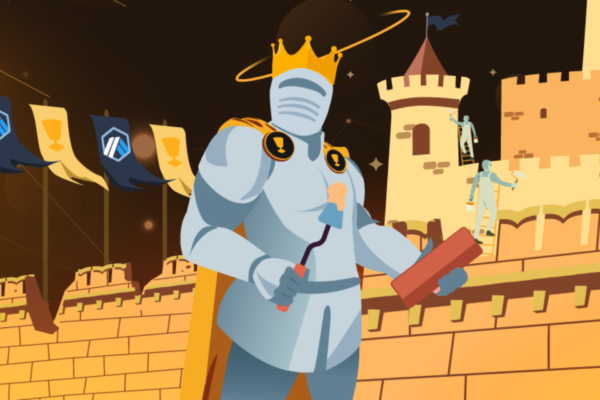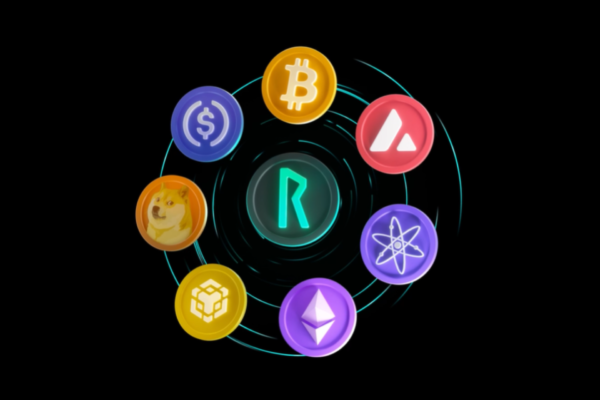This article explains what Solana is, and compares it to the second largest cryptocurrency, Ethereum. Solana is still technically in the Beta phase but has grown massively over the past year.
What is Solana?
The Solana market cap was only 800 million dollars exactly one year ago. Today the network boasts a 50-billion-dollar market cap, the growth has been exponential. Solana is a layer 1 blockchain focusing on smart contracts and NFTs. Essentially it has been built, like Ethereum, from the ground up to allow for applications to be built upon it using smart contracts and other technology. Solana is currently in its Beta phase and has already solved many of the pitfalls of Ethereum. While Ethereum remains the King of security, its fees and speed decrease user adoption and usability.
Solana, like Ethereum, is decentralized. A Decentralized blockchain is run by the community and not owned by a single entity. As the blockchain grows older, more and more validators join the network (over 1300 already), making it more decentralized, and more secure. Solana ensures users and developers will never pay more than 1 cent for transaction fees. The blockchain already boasts 2,500 transactions per second[1]. Solana benefits from never needing to use sharding technology. Shards are incredibly complex and add massive amounts of friction for the network, Ethereum aims to use sharding, but Ethereum has been developing for over three times as long as Solana. Since Solana is already so fast, it will likely never rely on layer 2 scaling solutions like Polygon or Loop Ring, although they still could potentially assist. Solana has a unique mixture of proof of stake (interest in APY for holders), and proof of history which is unique to Solana. Proof of history is a quick way to review previously timestamped transactions for validation. These two methods combined are part of what make the network so fast.
Institutions are Buying Solana
We know that large players have been buying Bitcoin over the past year based on its price action on the yearly timeframe. The next logical step for institutions was Ethereum which also had amazing price action. It has become apparent that many institutions are buying and investing into the Solana ecosystem. The reasoning for this stems from the inherent backing by the FTX exchange. FTX was founded by Sam Bankman-Freid, almost anything he invests in turns to gold as he is always miles ahead of the crowd. FTX is one of the largest and most successful crypto trading platforms focusing on advanced trading. Sam believes that Solana will be able to scale exponentially, and that this speed and cost scaling will allow for mass adoption of crypto.
FTX took their investment a step further by creating Sereum, a decentralized version of the FTX exchange that is built on Solana. Serum supports cross chain assets and aims to decentralize all of the application aspects over time. On top of the FTX backing, Alameda Research, SBF’s digital investment arm is heavily involved in the Solana ecosystem[2]. Alameda is one of the largest liquidity providers in all of crypto, investing in hundreds of startups and networks.
During Thanksgiving week last year, institutions bought approximately 43 million dollars in Solana. Even during the holiday downtrend of BTC and Ethereum, Solana outperformed a basket of 10 major cryptocurrency networks [3]. Solana has been mentioned by Raol Pal also, perhaps one of the most influential Ethereum bulls.
Solana Use Cases
Solana may have created the perfect chain for gaming, NFTs and other high transaction volume use cases. Games require tens of thousands of transactions and Ethereum simply cannot perform this function without the need for a sidechain or layer 2 solution. Every time a side chain is introduced, security is compromised, this is Solanas strength. Solana has suffered from some bugs and hacks as do all blockchains, perhaps its low fees are attractive for spam attacks. These cheap fees tend to be the main reason that so much network activity has come to Solana.
Trading platforms on Solana tend to be the most user friendly and cheap ways to trade cryptocurrencies off of centralized exchanges. Solana can now be purchased directly on Coinbase and many other popular exchanges. With Solana developer activity growing so rapidly the use cases are here, and the dapps are building. With no minimum requirement to become a validator, Solana aims to bring smaller validators to the network also. They even have a Solana grant fund to jump start those who are accepted to the program. Solana currently supports both Trustwallet and Exodus, which are two easy to use and accessible web wallets in America. The best option currently for a web wallet is the Phantom wallet [here]. That is all for now, please check out our other articles if this was helpful. Thank you!
[1] https://solana.com/
[3] https://www.proactiveinvestors.com/companies/news/960244/solana-outperforms-as-institutional-buying-dwarfs-bitcoin-ethereum-and-cardano-960244.html
Solana Wallet >>https://www.sollet.io/

